The RISEnergy project is supported by a robust and inclusive management structure designed to ensure effective coordination, strategic decision-making, and smooth implementation across all activities. This structure brings together key bodies and leadership roles representing the core consortium, including the General Assembly and the Steering Committee. Each plays a distinct and complementary role in driving the project forward. Detailed information on their composition and responsibilities can be found in the sections below.
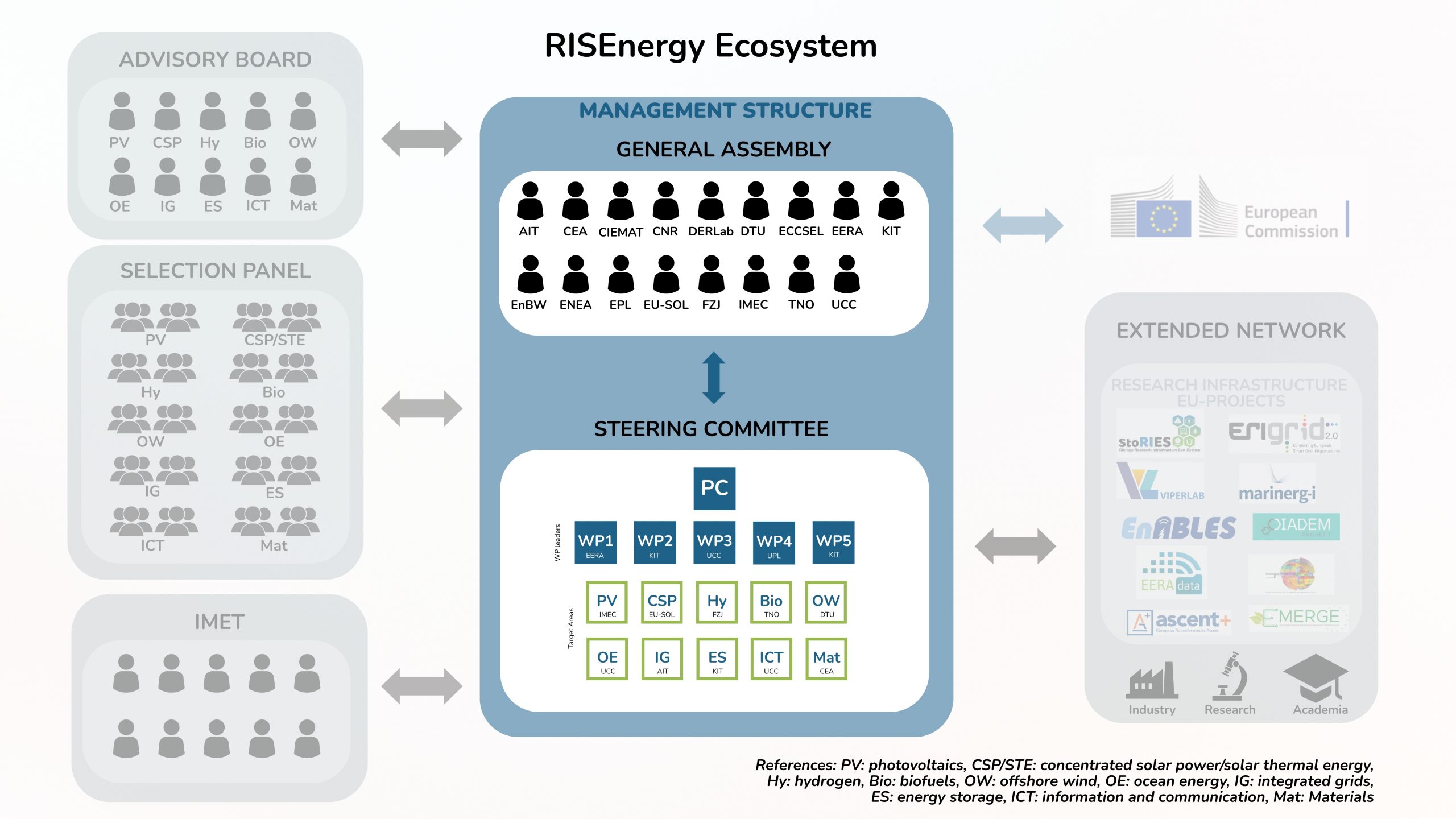
RISEnergy ecosystem
Besides the management bodies, the consortium can count on the support of additional experts, including those from the Advisory Board, the Selection Panel, and the Innovation Management Expert Team, as well as an extended network of other RI projects and initiatives. These expert groups and network members are an important part of the RISEnergy ecosystem.
At the heart of the consortium’s management structure is the General Assembly (GA), the project’s primary decision-making body. The GA consists of one representative from each of the 17 full partners of the consortium. It is tasked with supervising and evaluating any proposed modifications to the project’s activities, approving budget-related matters, and overseeing periodic reporting to the European Commission. Additionally, the GA resolves any issues arising during the project and makes final decisions based on recommendations from the Advisory Board.
Another key consortium management body is the project’s Steering Committee (SC), composed of RISEnergy’s Work Package leaders, along with representatives from the project’s ten target areas.
The Steering Committee, chaired by the Project Coordinator (PC) from KIT, Peter Holtappels, is responsible for the overall coordination of the project’s technical activities and ensuring their effective integration. It identifies technical challenges and proposes appropriate solutions for approval by the General Assembly. Additionally, the SC monitors the progress of technical work and assesses the scientific and technical outcomes in relation to the project’s objectives.
The Project Coordinator is supported in his job by the RISEnergy Coordination Team at KIT. The team also serves as the main liaison with the European Commission (EC).
Coordination Team
The Coordination Team, based at KIT, oversees the day-to-day management of RISEnergy and ensures smooth collaboration across all partners and activities. It acts as the central contact point with the European Commission and supports the Project Coordinator in aligning efforts across the work packages and the diverse technology fields represented in the project.
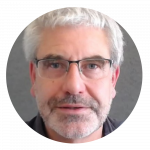 Peter Holtapels, Project coordinator
Peter Holtapels, Project coordinator  Olga Suminiska-Ebersoldt, WP2 Leader
Olga Suminiska-Ebersoldt, WP2 Leader
 Myriam E. Gil Bardají, WP5 Leader
Myriam E. Gil Bardají, WP5 Leader  Sabine Müller, Project Manager
Sabine Müller, Project Manager
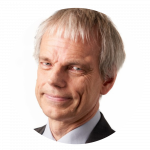 Holger Ihssen, Strategic Adviser
Holger Ihssen, Strategic Adviser
Work Package Leaders
Work Package Leaders are responsible for guiding the implementation of specific work streams within RISEnergy.
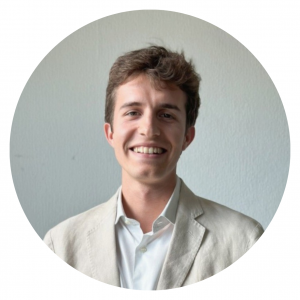 Gabriele Gaffuri, EERA AISBL, WP1 Leader
Gabriele Gaffuri, EERA AISBL, WP1 Leader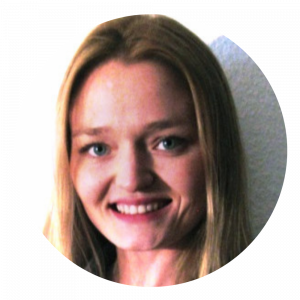 Olga Suminiska-Ebersoldt, KIT, WP2 Leader
Olga Suminiska-Ebersoldt, KIT, WP2 Leader
 Michael Hayes, UCC, WP3 Leader
Michael Hayes, UCC, WP3 Leader  Venizelos Efthymiou, EPL, WP4 Leader
Venizelos Efthymiou, EPL, WP4 Leader
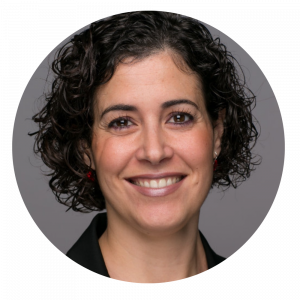 Myriam E. Gil Bardají, KIT, WP5 Leader
Myriam E. Gil Bardají, KIT, WP5 Leader
Target Area Leaders
Target Area Leaders are responsible for the coordination and strategic direction of RISEnergy’s key technological domains. These include Photovoltaics (PV), Concentrated Solar Power (CSP)/Solar Thermal Electricity (STE), Hydrogen, Biofuels, Wind Energy, Ocean Energy, Integrated Grids, Energy Storage, as well as Materials Research, and Information and Communication Technologies (ICT).
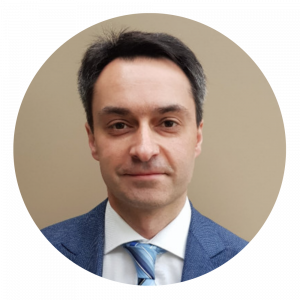 Ivan Gordon, IMEC, Photovoltaics
Ivan Gordon, IMEC, Photovoltaics 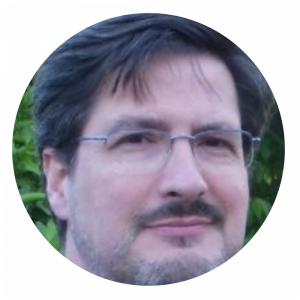 Diego Martinez Plaza, EU-SOLARIS, CSP / STE
Diego Martinez Plaza, EU-SOLARIS, CSP / STE
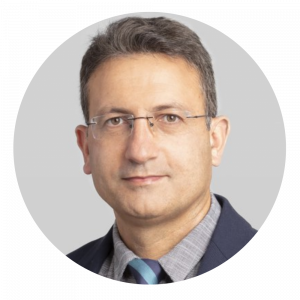 Kourosh Malek, Forschungszentrum Jülich, Hydrogen
Kourosh Malek, Forschungszentrum Jülich, Hydrogen Berend Vreugdenhil, TNO, Biofuels
Berend Vreugdenhil, TNO, Biofuels
 Anthony Fraisse, DTU, Offshore Wind Energy
Anthony Fraisse, DTU, Offshore Wind Energy 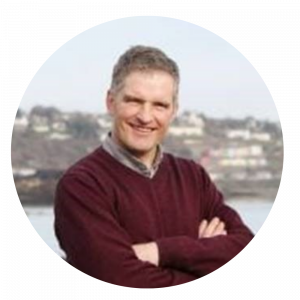 Jimmy Murphy, UCC, Ocean Energy
Jimmy Murphy, UCC, Ocean Energy
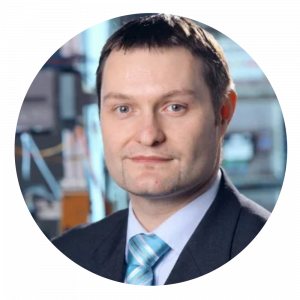 Thomas Strasser, AIT, Integrated Grids
Thomas Strasser, AIT, Integrated Grids  Myriam E. Gil Bardají, KIT, Energy Storage
Myriam E. Gil Bardají, KIT, Energy Storage
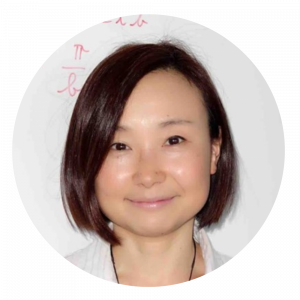 Sawako Nakamae, CEA, Materials Research
Sawako Nakamae, CEA, Materials Research  Mike Hayes, Tyndall-UCC, ICT
Mike Hayes, Tyndall-UCC, ICT
